
Cubism
Cubism developed in Paris in the early 20th century, under not only the watchful gaze of Pablo Picasso, but also Georges Braque. Although Braque is arguably a convert to Cubism, they are considered to be joint leaders of the movement.
The artists channelled Cézanne's idea that art should not directly reproduce nature, but rather exist alongside it. Between 1907 and 1912, the artists produced the first examples of “Analytical Cubism," where they conveyed a sombre and unexpected depiction of the world. Natural forms were reduced to geometric, inorganic and lifeless shapes. It was Louis Vauxcelles who coined the term "Cubism" in his criticism of Braque's work. He accused the painter of reducing everything "with geometric contours to cubes." Cubism was initially heavily disliked by critics and poorly received by the public; who was arguably not ready for such an avant-garde artistic concept. However, regardless of its criticism, the style was still adopted by many artists including Spanish painter, Juan Gris.
From 1911 onwards, Cubism became more aesthetically pleasing and therefore more accessible to the public. This was largely due to Fernand Léger's bright and vibrant works, which were a lot more optimistic than previous Cubist renderings. This lead to a second wave of Cubism, known as "Synthetic Cubism." Synthetic Cubist works lacked depth and focussed more on composition, shape, and bright colours, as opposed to the systematic approach of Analytical Cubism. The aesthetic of Synthetic Cubism proved a lot more popular than previous years; revolutionising 20th century modern art.
Pablo Picasso: In 1907, Pablo Picasso unveiled what is considered to be the first Cubist painting, Les Demoiselles d'Avignon. He created this painting as a response to his friend and rival Henri Matisse's Bonheur de Vivre. Picasso was particularly inspired by primitive art and Paul Gauguin. He frequently painted controversial subjects, such as prostitutes in brothels.
Georges Braque: along with Picasso, Braque was the spearhead of the movement. In 1908, during his stay in l'Estaque, a district of Marseille, he painted several cubist landscapes. These landscapes piqued the interest of art dealer, Daniel Henri Kahnweiler, who organised the first ever Cubist exhibition in his gallery.
Fernand Léger: the artist introduced bright colours and compositions to his works; rendering them more optimistic than the previous Cubist works by Braque and Picasso. The Exit of the Russian Ballet is one of his most notable works.
Juan Gris: The young Spanish painter painted his first cubist painting in 1912. His Portrait of Pablo Picasso is one of his most famous works. The depiction of Picasso is less harsh and much brighter than in the early Cubist works.
Almost all the major artists who succeeded in finding a distinctive style before the First World War, would have experienced a Cubist phase at one time or another. This includes figures such as: Marcel Duchamp, Francis Picabia, František Kupka, Robert Delaunay and Piet Mondrian. However, Cubism has hugely impacted the history of art in both the 20th and 21st centuries, and the influence of this movement can still be felt today. Discover contemporary artists such as Vik Muniz, Miguel Guia, Julien Raynaud and Timothy Archeron who were inspired by this revolutionary movement.
Save your search and find it in your favorites
Save your search to find it quickly
Saved search
Your search is accessible from the favorites tab > My favorite searches
Unsaved search
A problem occurred

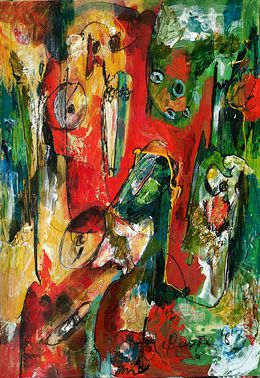
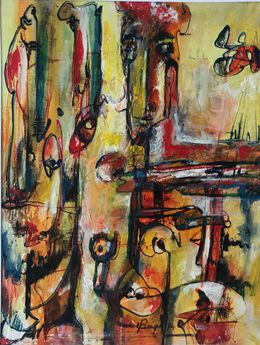

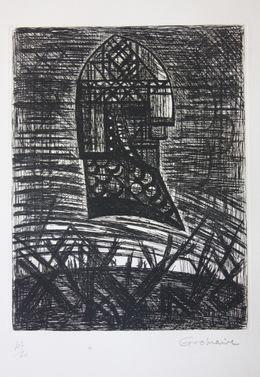
Macbeth: Présage-Tête armée
Marcel Gromaire
Print - 45 x 31.6 x 0.2 cm Print - 17.7 x 12.4 x 0.1 inch
$220

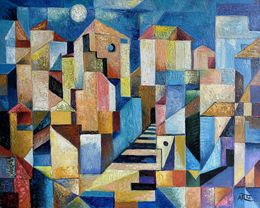
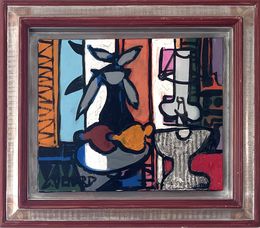
Nature morte aux vases
Claude Vénard
Painting - 38 x 48 x 2.5 cm Painting - 15 x 18.9 x 1 inch
$17,338

Sans titre
Menachem Gueffen
Fine Art Drawings - 40 x 28 x 1 cm Fine Art Drawings - 15.7 x 11 x 0.4 inch
$670
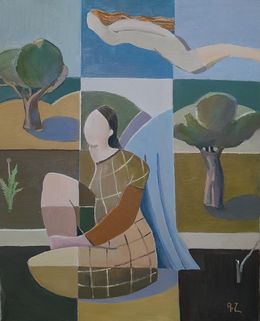
Soaring Dreams
Gegham Hunanyan
Painting - 50 x 40 x 2 cm Painting - 19.7 x 15.7 x 0.8 inch
$350 $298
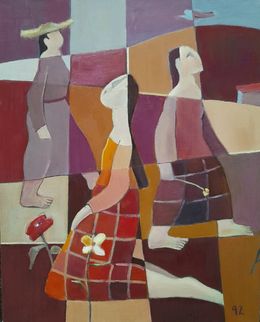

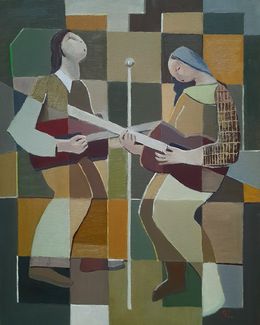
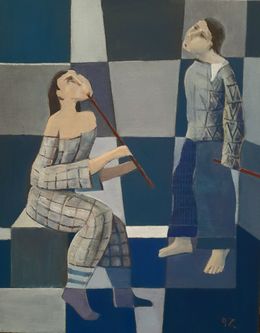

Bird in the city
Juffrouw Springtouw
Painting - 40 x 50 x 2 cm Painting - 15.7 x 19.7 x 0.8 inch
$1,098
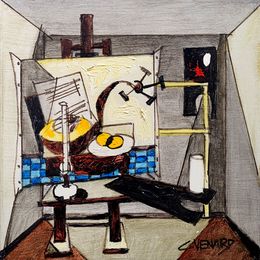
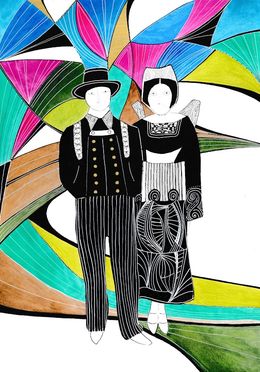
Couple de Pont-Aven
Arnaud Dromigny
Painting - 42 x 29.7 x 2 cm Painting - 16.5 x 11.7 x 0.8 inch
$532
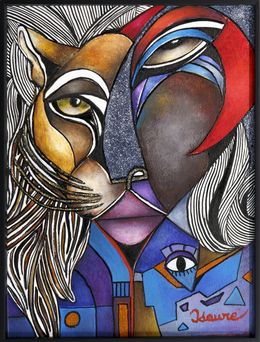
Tekoa - Territoires habités, relation homme animal
Isaure
Painting - 32 x 24 x 0.1 cm Painting - 12.6 x 9.4 x 0 inch
$549

Ashami - Territoires habités, relation homme animal
Isaure
Painting - 32 x 24 x 0.1 cm Painting - 12.6 x 9.4 x 0 inch
$549

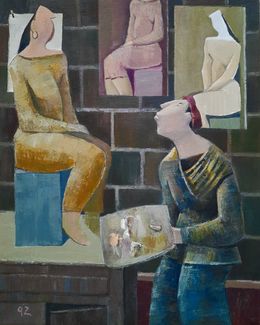

Volatile en lignes
Arnaud Dromigny
Painting - 42 x 29.7 x 2 cm Painting - 16.5 x 11.7 x 0.8 inch
$439
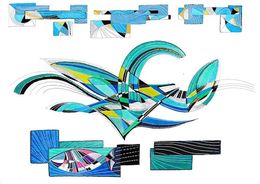
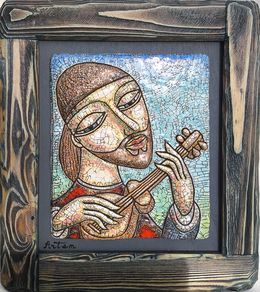
The Soulful Musician
Artyom Manukyan
Sculpture - 34 x 27 x 3 cm Sculpture - 13.4 x 10.6 x 1.2 inch
$350
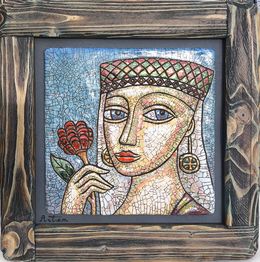
Serenity and Beauty
Artyom Manukyan
Sculpture - 34 x 34 x 3 cm Sculpture - 13.4 x 13.4 x 1.2 inch
$480
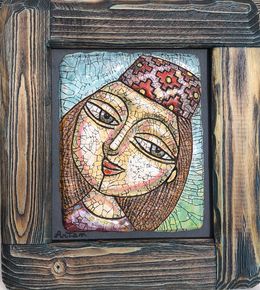

Melody of the Soul
Artyom Manukyan
Sculpture - 40 x 31 x 3 cm Sculpture - 15.7 x 12.2 x 1.2 inch
$500 $425
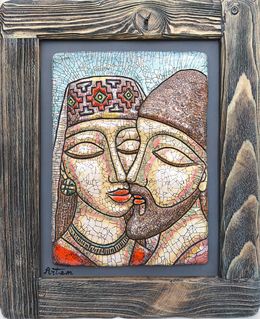
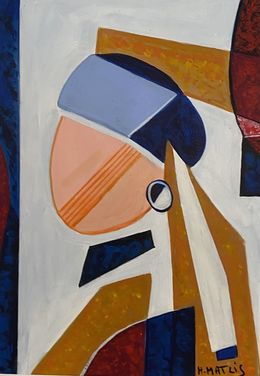

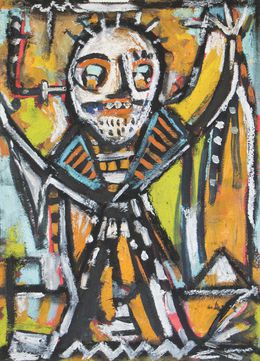

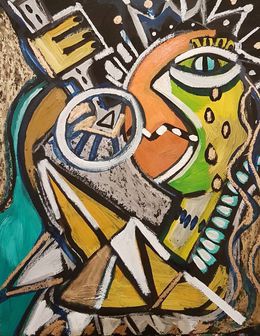
Le fakir maladroit
Timothy Archer
Fine Art Drawings - 40 x 30 x 0.1 cm Fine Art Drawings - 15.7 x 11.8 x 0 inch
$1,734

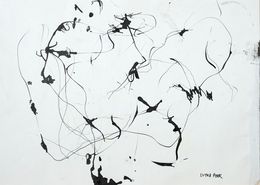



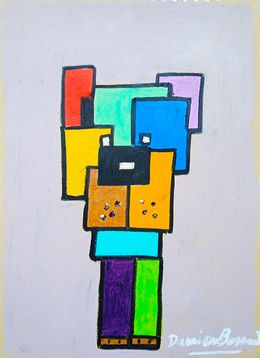
Debbie
Damien Berrard
Fine Art Drawings - 42 x 29.7 x 0.1 cm Fine Art Drawings - 16.5 x 11.7 x 0 inch
$231


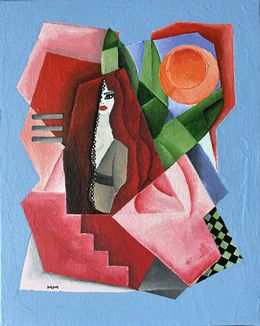


Composition Ref BDNW7557
Lutka Pink
Fine Art Drawings - 23 x 30 cm Fine Art Drawings - 9.1 x 11.8 inch
$347

Cosmos Ref BDNW7019
Lutka Pink
Fine Art Drawings - 29 x 21 cm Fine Art Drawings - 11.4 x 8.3 inch
$208

Zig Zag Ref BDNW7556
Lutka Pink
Fine Art Drawings - 30 x 23 cm Fine Art Drawings - 11.8 x 9.1 inch
$208

Discussion Ref BDNW7549
Lutka Pink
Fine Art Drawings - 21 x 30 cm Fine Art Drawings - 8.3 x 11.8 inch
$208
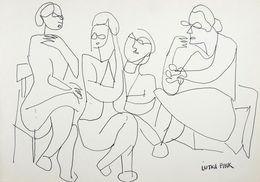
Discussion Ref BDNW7541
Lutka Pink
Fine Art Drawings - 21 x 30 cm Fine Art Drawings - 8.3 x 11.8 inch
$208

Plage Ref BDNW7309
Lutka Pink
Fine Art Drawings - 22 x 30 cm Fine Art Drawings - 8.7 x 11.8 inch
$208
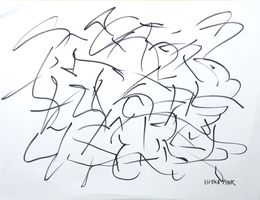
Zig Zag Ref BDNW7122
Lutka Pink
Fine Art Drawings - 22 x 29 cm Fine Art Drawings - 8.7 x 11.4 inch
$289
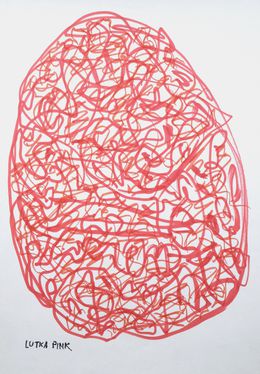
Cosmos Ref BDNW7036
Lutka Pink
Fine Art Drawings - 29 x 21 cm Fine Art Drawings - 11.4 x 8.3 inch
$289

Paysage Ref BDNW7361
Lutka Pink
Fine Art Drawings - 26 x 20 cm Fine Art Drawings - 10.2 x 7.9 inch
$289

Gea - la tierra
Pere Bennàssar Obrador
Painting - 19 x 29 x 1.5 cm Painting - 7.5 x 11.4 x 0.6 inch
$769

Artificial Existence VII
Tiziano Autera
Painting - 30 x 40 x 3 cm Painting - 11.8 x 15.7 x 1.2 inch
$2,832

Encre #5
Timothy Archer
Fine Art Drawings - 28 x 21 x 0.1 cm Fine Art Drawings - 11 x 8.3 x 0 inch
$982

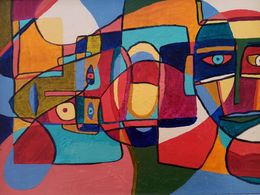
Par dessus des fleurs
Mathilde André
Painting - 31 x 40 x 2 cm Painting - 12.2 x 15.7 x 0.8 inch
$694
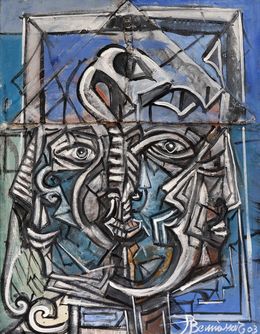
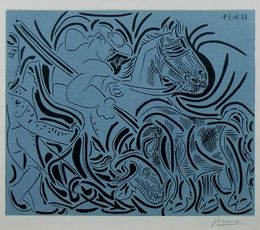
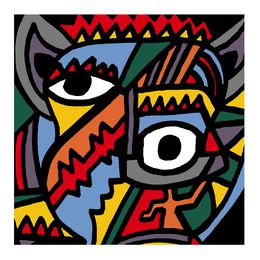


Petit Cheval No. 61 (a.r. 470)
Pablo Picasso
Design - 25.5 x 25.5 x 2 cm Design - 10 x 10 x 0.8 inch
$15,604
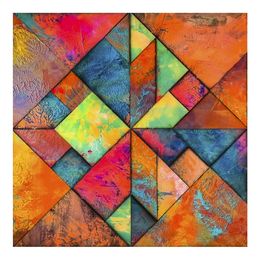


Poisson de profil (A.R 130)
Pablo Picasso
Design - 25.5 x 33.5 x 1 cm Design - 10 x 13.2 x 0.4 inch
$41,611
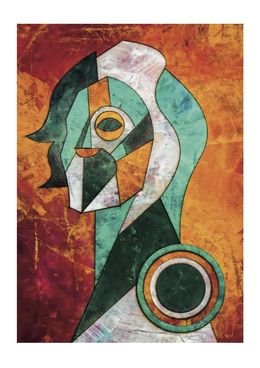
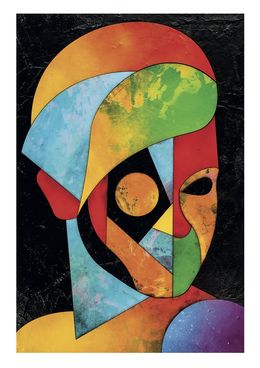

Les Danseurs à la Lune - Original Etching
Marc Chagall
Print - 50 x 37.5 x 0.1 cm Print - 19.7 x 14.8 x 0 inch
$13,870

Coppie e nudi femminili, 1969, edizione Atelier Mourlot (after Pablo Picasso)
Pablo Picasso
Print - 40 x 50 x 2 cm Print - 15.7 x 19.7 x 0.8 inch
$2,774




Contemplation (d'après Pablo Picasso)
Pablo Picasso
Print - 34 x 48 x 0.1 cm Print - 13.4 x 18.9 x 0 inch
$1,433
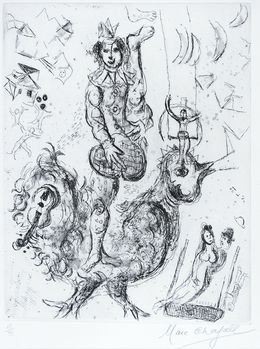



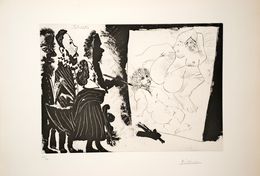
Patron et sa suite en visite à l’atelier
Pablo Picasso
Print - 36 x 47 x 0.1 cm Print - 14.2 x 18.5 x 0 inch
$12,137


Nude Woman, Femme Nue, Mourlot Frères (after Pablo Picasso)
Pablo Picasso
Print - 40 x 50 x 2 cm Print - 15.7 x 19.7 x 0.8 inch
$2,774

Peintre peignant la nuque de son jeune modèle
Pablo Picasso
Print - 25 x 32.5 x 0.1 cm Print - 9.8 x 12.8 x 0 inch
$10,172

The model, 25 days in May, and a confusion
Reinaldo Chavez
Painting - 22 x 27.5 x 0.3 cm Painting - 8.7 x 10.8 x 0.1 inch
$301
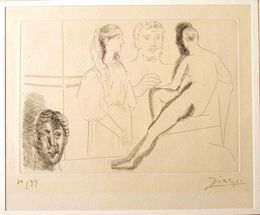
Sculpteur devant sa Sculpture
Pablo Picasso
Print - 19.5 x 27.5 x 0.2 cm Print - 7.7 x 10.8 x 0.1 inch
$10,172




Act - XVI
Stanislav Bojankov
Fine Art Drawings - 50 x 35 x 0.1 cm Fine Art Drawings - 19.7 x 13.8 x 0 inch
$179


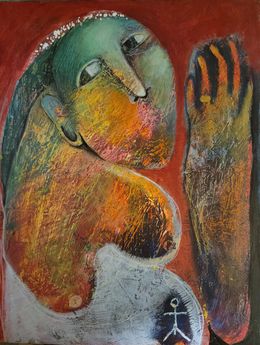
The Gift of Creation
Liana Asatryan
Painting - 50 x 40 x 2 cm Painting - 19.7 x 15.7 x 0.8 inch
$450

Études de nus
Léopold Survage
Fine Art Drawings - 25.5 x 40 x 0.1 cm Fine Art Drawings - 10 x 15.7 x 0 inch
$3,468


Sensuelle - série sculpture corps de femme
Chantal Nottrelet
Sculpture - 40 x 27 x 26 cm Sculpture - 15.7 x 10.6 x 10.2 inch
$948